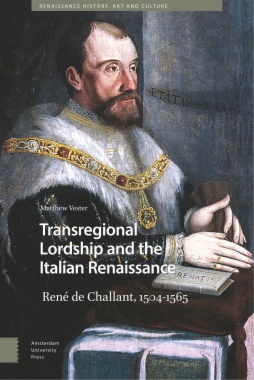Badiou and Politics offers a much-anticipated interpretation of the work of the influential French philosopher Alain Badiou. Countering ideas of the philosopher as a dogmatic, absolutist, or even mystical thinker enthralled by the force of the event as a radical break, Bruno Bosteels reveals Badiou’s deep and ongoing investment in the dialectic. Bosteels draws on all of Badiou’s writings, from the philosopher’s student days in the 1960s to the present, as well as on Badiou’s exchanges with other thinkers, from his avowed “masters” Louis Althusser and Jacques Lacan, to interlocutors including Gilles Deleuze, Slavoj Žižek, Daniel Bensaïd, Jacques Derrida, Ernesto Laclau, and Judith Butler. Bosteels tracks the philosopher’s political activities from the events of May 1968 through his embrace of Maoism and the work he has done since the 1980s, helping to mobilize France’s illegal immigrants or sans-papiers. Ultimately, Bosteels argues for understanding Badiou’s thought as a revival of dialectical materialism, and he illuminates the philosopher’s understanding of the task of theory: to define a conceptual space for thinking emancipatory politics in the present.
- Contents
- Preface
- Acknowledgments
- Introduction. Elements of Dialectical Materialism
- 1. The Absent Cause
- 2. Lack and Destruction
- 3. One Divides into Two
- 4. The Ontological Impasse
- 5. Forcing the Truth
- 6. Logics of Change
- 7. From Potentiality to Inexistence
- 8. For Lack of Politics
- Conclusion. The Speculative Left
- In Dialogue with Alain Badiou
- Appendix 1: Can Change Be Thought?
- Appendix 2: Beyond Formalization
- Notes
- Selected Bibliography
- Index

